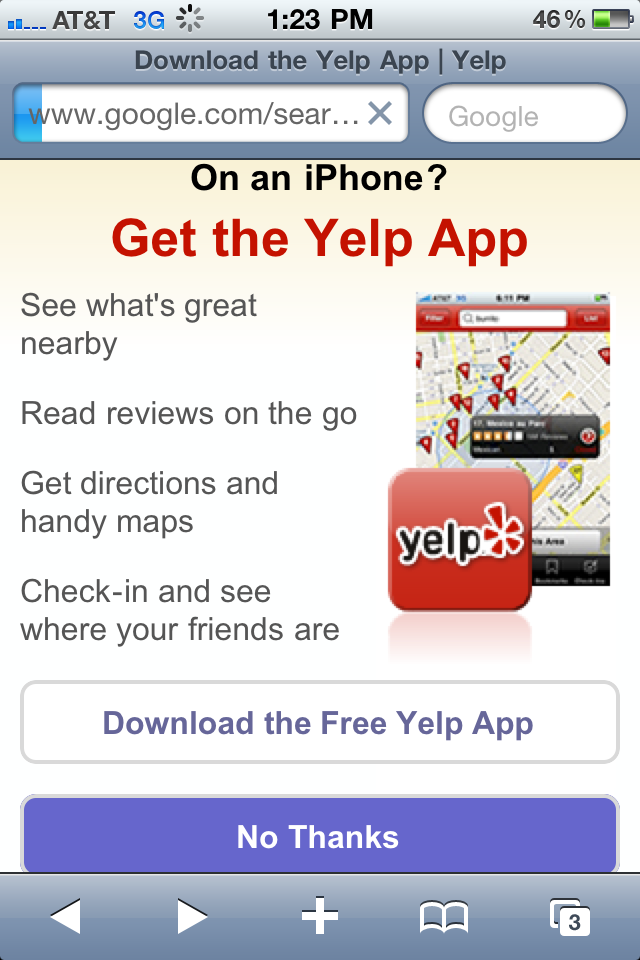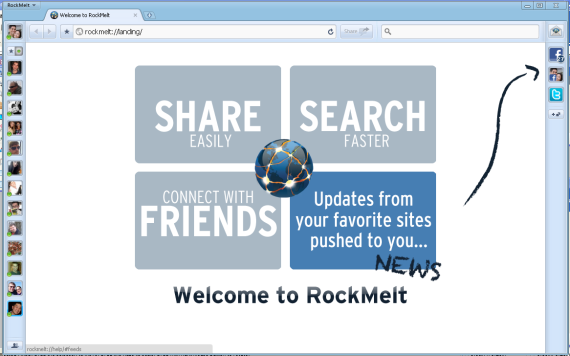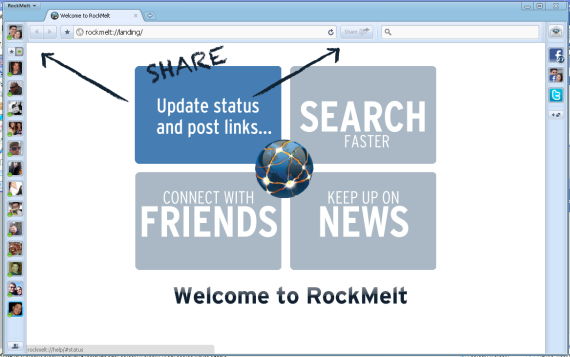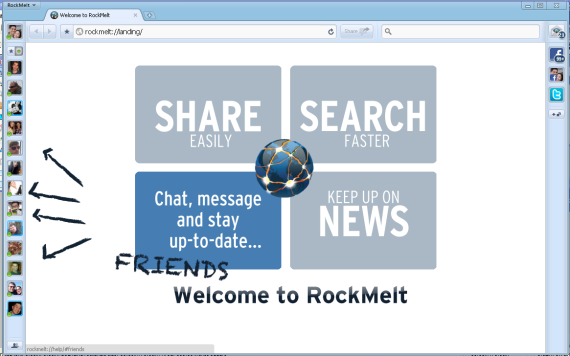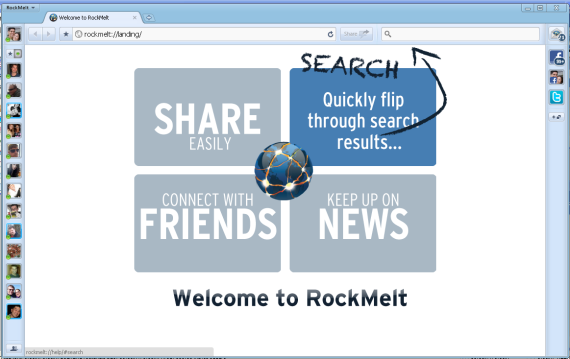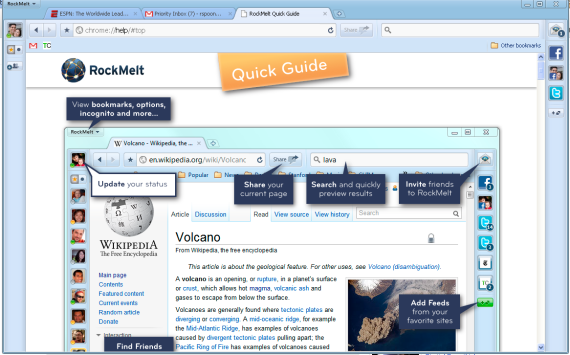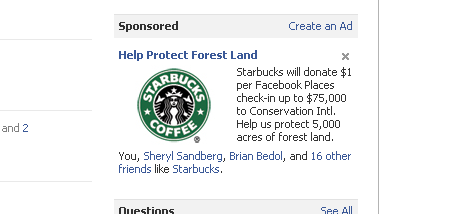I regularly cover trends in top grossing iPhone / iPad applications. What makes this update noteworthy is that: - the top grossing application is free (freemium if you will as revenue comes from in-app purchases) - three of the top five apps are freemium - four of the top ten - eight of the top twenty - and nine of the top twenty-five
This is the first time in my writing that 40-50% of the top applications are free. Back in January, only three of the top twenty applications were free.
Also interesting, the Smurfs' Village application offers relatively expensive in-app purchases: $4.99, $11.99, $29.99 and $59.99. This is a unique approach as most games offer cheaper purchases ($0.99-$4.99). The Smurfs' are clearly going for mass adoption and sticky gameplay... and it's working.



